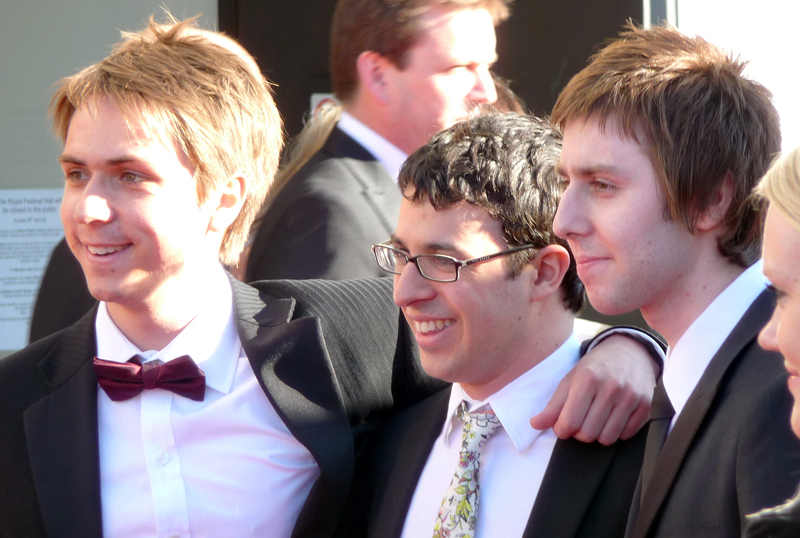In a few recent blogs, I have reminisced nostalgically about how things have changed in the profession since I qualified in the distant misty-swirled lands of the last millennium.
However, there’s something I don’t miss: blearily sleepwalking my way through morning surgery in the numb haze only familiar to chronic insomniacs, those with young children, and vets who have been up all night with an unlucky out-of-hours call.
In this era of corporatisation and outsourced emergencies, working the day after a night on call is becoming a rarity – and not a moment too bloody soon, in my opinion.
A good thing?
A lot of new graduates say they would like to work in a practice that does its own OOH – at least at first, just to experience it. I suspect, after experiencing it, a fair number of them stop saying that and quietly start searching for jobs where they don’t have to experience it any more.
The decline of OOH, in addition to the already long hours of veterinary work, is, no question, a very good thing for vets. But is it a good thing for owners and pets?
I’m a little wary about writing this blog, because I do not want to be a grumpy old vet with a “well, I did it, the bloody young ’uns can do it too!” attitude – I see far too much of that on message boards and letters pages already (see my previous blog), but I’d like to, at least, share my own experiences.
At the end of the day

For the vast majority of my career in practice, I was fortunate enough (maybe spoiled) to work in veterinary hospitals – this meant a nurse was also on call, present in the practice for the whole OOH stint.
It was also the case that, whenever I admitted a patient for overnight observation, it meant exactly that – the patient would have a nurse in the building with it, observing it a number of times throughout the night or, in critical cases, staying with it all the time. For much of this period of my life, I didn’t realise how lucky I was; it certainly didn’t feel lucky when I was operating on a gastric dilatation and volvulus at silly o’clock in the morning – but then I started doing locum work at practices that outsourced their OOH.
It was a relief to know the end of evening surgery meant the end of the day – that I would no longer have to panic about having a mobile phone signal wherever I was – but pretty soon, I found things were a little, well, messy. Every evening surgery (or so it felt) a situation would crop up that would be uncomfortable, awkward logistically or just messy, as I say. I frequently saw cases that would benefit from some form of further attention that evening.
In case of emergency…
The true emergencies were the easiest, but also the rarest – these were cases that needed either immediate or constant medical attention: status epilepticus, caesareans, road traffic accidents, and so on – these cases would definitely need constant observation, medication or immediate surgery, so off to the emergency OOH provider with them.
Even so (and this is where my hitherto spoiled existence crept to the fore), it didn’t feel right telling an already stressed owner that, yes, things were as bad as they had feared, and they had further stress to come – a trip to an emergency vets they had probably never visited before with an extremely unwell animal, to see a vet they didn’t know and face a bill I couldn’t quote them for.
In previous jobs, I could have admitted the patient, started pain relief and pre-medication if required, begun stabilising them, and then go out and explain things in more detail to the client – in all likelihood, a client that already knew me well. You see how the client’s experience is quite different?
Stuck in the middle
Then there were the harder things to judge – patients that might not need immediate attention, but would probably benefit from it: a urinary obstructed cat that urinated in the consult room, but still feels tense; a stitch-up in a non-critical area; a patient that’s had a seizure and seems fine, but might benefit from further observation, vestibular syndrome, and so on – all cases I would previously have admitted for observation or minor work without too much stress to the pet, the owner, or the owner’s wallet.
I hadn’t really thought too hard about these “in-betweeners” before, but in a practice that outsourced its OOH I seemed to encounter at least one in every evening surgery. Every one of them was…fiddly.
Was it fair to send the owner through the stress of finding the emergency practice in the night? Should I admit the pet for observation, and come in myself a few times in the night? Should I just get on with the stitch up? Not impossible questions in themselves, but all messy and unsatisfactory, and leaving an unsettled feeling that things weren’t done perfectly for either the owner or the pet.
Mountains out of molehills

I should make it clear I’m not complaining about emergency practices – it makes absolutely perfect sense that emergency work is a specialist area that should not just be tacked on to the end of a vet’s or nurse’s normal job, which is hard enough as it is. The care clients receive in these dedicated centres is wonderful – better that anything previous generations of pets have experienced.
However, I am, again, concerned I sound like a grumpy old vet here, but, well… those of us who have spent a lot of time doing OOH work in general practice, let me ask you this: were the real, genuine emergencies the majority? Not in my experience.
Although the critical cases were not infrequent, the most common type of call was reassurance for the owner, minor relief from pain or diarrhoea. Are these cases really better served by travelling to a dedicated OOH centre, with excellent service, but (dare I say it) prices to match?
Putting things off
I’m aware I was spoiled, and my experiences in practice may not have been typical – and I’ll say again I think the rise of emergency centres is a good thing for medical care, and for vets’ quality of life.
However, I think we should also acknowledge, despite the better care, outsourcing emergency work leads to increased stress for patients and clients, as well as increased fees – and, deep down, I’m concerned clients are more reluctant to pick up the phone than they might have been previously.
This (and this is pure supposition, not in any way backed up with data) might lead to a lot of pets in discomfort or pain where they might otherwise have received anti-inflammatories overnight (I’m thinking of things such as cystitis and cat bite abscesses in cats and anal gland abscesses or otitis externa in dogs).
Better for who?
It’s not impossible to offer OOH work in general practice. Many years ago, in my own practice, bleary and sick of trying to work after one more unlucky call overnight, I instituted a rota whereby a duty vet did worked nights and did no day work for a whole week.
It wasn’t perfect – the weekend work didn’t fit perfectly into the rota, and led to one Saturday morning after a night on call – but it was popular, and it worked, and the rota outlived me at the practice and continues to this day.
I’m aware everything in life is compromise, and there are no easy answers to anything except the ultimate question of life, the universe and everything (42, obviously), but maybe it would be helpful to acknowledge that by making our own lives better (and deservedly so), we increase the stress and financial burden that we put on our clients.
Although, as ever, if you strongly disagree, I’m prepared to admit I’m wrong.

Leave a Reply